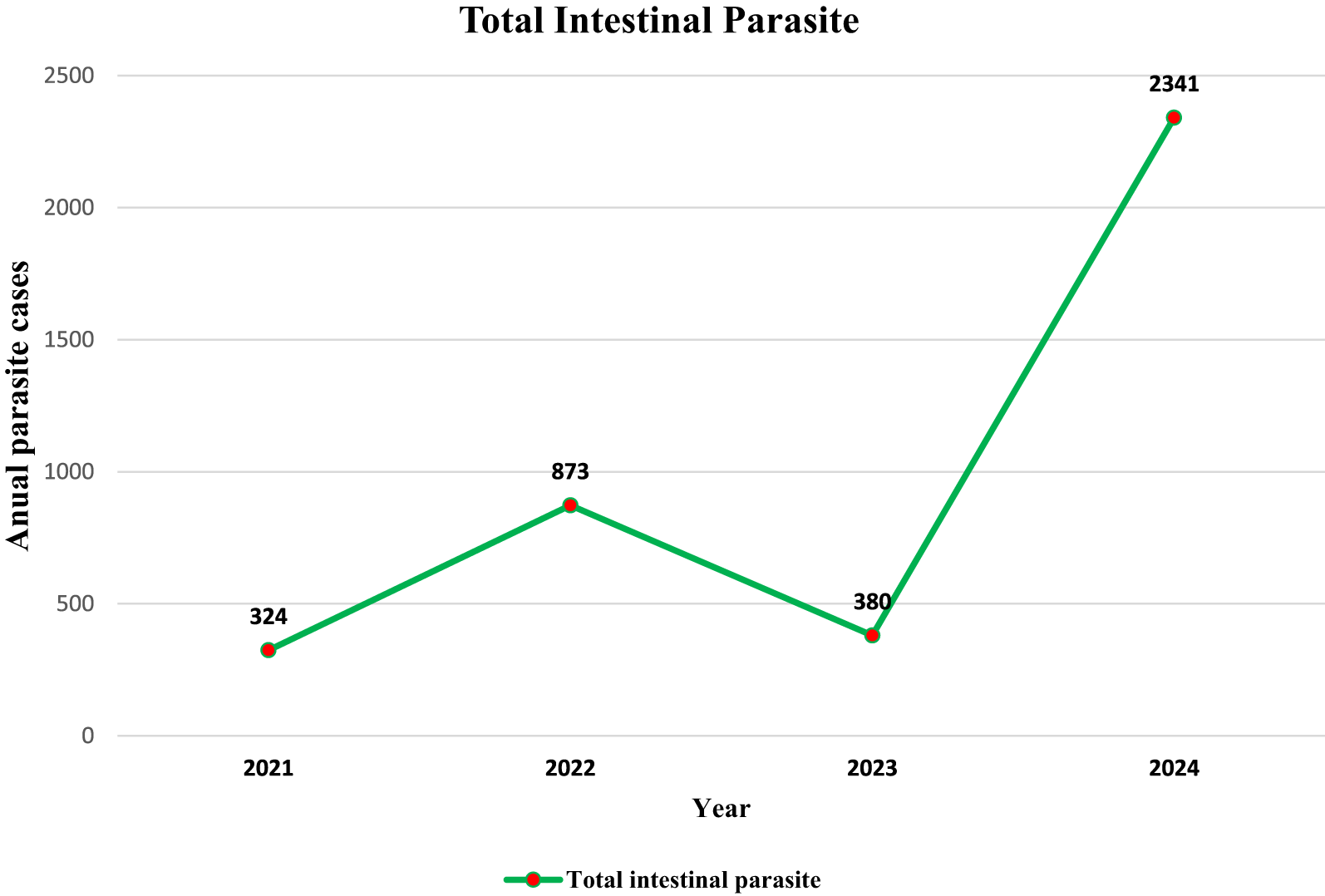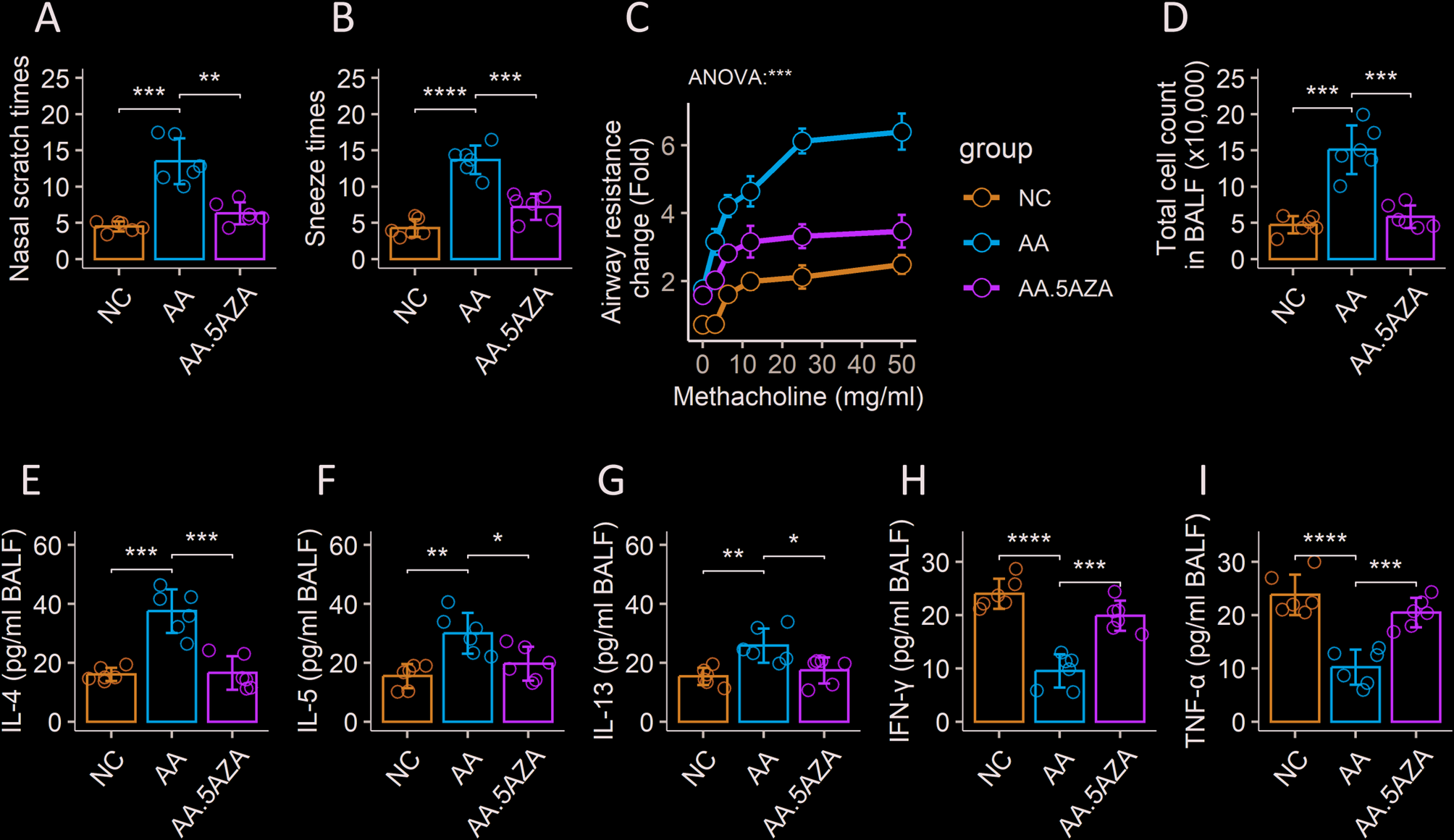The injured secuirty personnel has been shifted to the District Headquarters (DHQ) Hospital
Two explosions have occured near a police checkpoint in…

The injured secuirty personnel has been shifted to the District Headquarters (DHQ) Hospital
Two explosions have occured near a police checkpoint in…

Based on geographical distribution, Shandong Province was divided into three distinct regions, eastern (Qingdao, Yantai, Weifang, Weihai, and Rizhao), central (Jinan, Zibo, Dongying, Tai’an, and Linyi City) and…


The heritage brand’s new race bike flips the script on a recurring Geek Warning…

HP withdrew an update to its OneAgent software for Windows 11 after it was found to cause serious authentication problems on some AI PCs. The update removed crucial Microsoft certificates used by organizations to log in via…

Building a bold new contemporary home directly on the British coastline is a tall order. Aside from the logistics of designing a house that functions successfully in such an unforgiving setting, planning permission is likely to make it a…

The results of this four-year retrospective study at Burao General Hospital in Somaliland provide valuable insights into the prevalence and distribution of intestinal parasites in the region. These findings reveal a significant burden of…

Female C57BL/6 mice (6–8 weeks old) were purchased from the Beijing Experimental Animal Center. Conditional Dnmt1 knockout mice (Dnmt1fl/fl Itgax-Cre) and their littermate controls (Dnmt1fl/fl) were generated by crossing Dnmt1fl/fl mice (Jackson Laboratory, Stock No. 021429) with Itgax-Cre mice (Jackson Laboratory, Stock No. 008068). All experimental protocols were approved by the Animal Care and Use Committee (IACUC) of Shanxi Medical University (Approval Number: A20230086) and complied with the guidelines of the National Institutes of Health (NIH) for the care and use of laboratory animals.
Mice were sensitized to induce airway allergy using dust mite extract (DME). On days 0 and 7, mice received subcutaneous injections of 50 µg DME (Dermatophagoides pteronyssinus; Greer Laboratories, Cat. No. XPB82D3A2.5) emulsified in 2 mg Imject® Alum (Thermo Fisher Scientific). From days 14 to 18, mice were challenged intranasally (i.n.) with 25 µg DME in 40 µL phosphate-buffered saline (PBS); control mice received PBS alone. Following DME challenge, clinical symptoms of AA (sneezing, nasal rubbing, and dyspnea) were scored to assess disease severity.
Mice were treated with 5-azacytidine (5AZA; Sigma-Aldrich, Cat. No. A2385) or PBS (vehicle control) to inhibit DNA methyltransferases. Daily intraperitoneal (i.p.) injections of 5AZA (0.5 mg/kg body weight) or PBS were administered from day 0 to day 18 of the experimental timeline.
Bone marrow cells were flushed from the femurs of mice and cultured in RPMI-1640 medium (Gibco) supplemented with 10% fetal bovine serum (FBS), 20 ng/mL granulocyte-macrophage colony-stimulating factor (GM-CSF; PeproTech), and antibiotics (100 U/mL penicillin and 100 µg/mL streptomycin) for 7 days to generate BMDCs.
Mature BMDCs were treated with DME (10–50 µg/mL) in the presence or absence of lipopolysaccharide (LPS; 1 µg/mL, E. coli O111:B4; Sigma-Aldrich) for 24 h to assess cytokine production and epigenetic changes.
Total RNA was extracted from cells using TRIzol reagent (Invitrogen), and complementary DNA (cDNA) was synthesized with SuperScript IV Reverse Transcriptase (Thermo Fisher Scientific). Quantitative PCR was performed using SYBR Green Master Mix (Bio-Rad) on a CFX96 Real-Time PCR System (Bio-Rad) to quantify the expression of Il12b, Il12a, Tim4, Il4, and Gapdh (housekeeping gene). Primer sequences are listed in Table 1.
Cytokine levels (IL-4, IL-5, IL-13, IFN-γ, TNF-α) in bronchoalveolar lavage fluid (BALF) were measured using DuoSet ELISA kits (R&D Systems) according to the manufacturer’s instructions. Absorbance was read at 450 nm, and cytokine concentrations were calculated using standard curves.
Genomic DNA was extracted from DCs and bisulfite-converted using the EZ DNA Methylation-Lightning Kit (Zymo Research) to distinguish methylated from unmethylated cytosines. The methylation status of the Il12b promoter was analyzed by MS-qPCR using primers specific for methylated (MSP) or unmethylated (USP) sequences: MSP-F: 5’-TTGGGATTTTTCGCGATTC-3’, MSP-R: 5’-GAACCCGACGAACTCCG-3’; USP-F: 5’-TTGGGATTTTTTGTGATTTG-3’, USP-R: 5’-CAACCCCACAAACTCCA-3’. Reactions were performed with SYBR Green Master Mix (Bio-Rad) on a CFX96 Real-Time PCR System.
Lung tissues were processed into single-cell suspensions, which were stained with fluorescently conjugated antibodies: CD11c (APC), MHC-II (PE-Cy7), Ly6G (FITC), Siglec-F (BV421), CD3 (PerCP), CD4 (AF700), and CD8 (PE) (all from BD Biosciences). Stained cells were acquired on a BD LSRFortessa™ flow cytometer, and data were analyzed using FlowJo software (v10).
DCs were stimulated with 50 ng/mL phorbol 12-myristate 13-acetate (PMA) and 1 µg/mL ionomycin for 4 h. Cells were then fixed and permeabilized using the Cytofix/Cytoperm Kit (BD Biosciences) and stained with antibodies against IL-12b (PE) or IL-12a (AF488) (BD Biosciences) for intracellular cytokine detection.
Lungs were inflated with 4% paraformaldehyde, fixed overnight, and embedded in paraffin. Paraffin blocks were sectioned into 5-µm slices, which were stained with hematoxylin and eosin (H&E) to assess tissue inflammation. Stained sections were imaged using a Leica DMi8 microscope, and histological changes were evaluated by a blinded pathologist.
AHR was measured using a flexiVent system (SCIREQ) to assess airway resistance. Mice were anesthetized, intubated, and exposed to aerosolized methacholine (0–50 mg/mL) for 3 min. Airway resistance was recorded continuously during and after methacholine exposure, and results were normalized to baseline values.
DME-primed BMDCs were co-cultured with naïve CD4+ T cells (isolated from mouse spleens using MACS columns; Miltenyi Biotec) at a 1:5 (DC: T cell) ratio in RPMI-1640 medium supplemented with 10% FBS and antibiotics. After 72 h of co-culture, Il4 mRNA expression in CD4+ T cells was quantified by RT-qPCR to assess Th2 polarization.
BMDCs were treated with 50 ng/mL recombinant IL-12b (rIL-12b; BioLegend) in the presence or absence of 10 µM MG132 (a proteasome inhibitor; Sigma-Aldrich) for 6 h. Cells were lysed in RIPA buffer, and ubiquitinated TIM4 was detected using a cross-ELISA method. Briefly, plates were coated with an anti-TIM4 antibody (Ab1), and bound ubiquitinated TIM4 was detected with an anti-ubiquitin antibody (Ab2); protocols were adapted from Luo et al. [10] and otherwise consistent with standard ELISA procedures.
DCs were crosslinked with 1% formaldehyde for 10 min at room temperature, and crosslinking was quenched with 125 mM glycine. Cells were lysed, and chromatin was sheared by sonication to generate 200–500 bp fragments. Immunoprecipitation was performed overnight at 4 °C using antibodies against DNMT1 (Abcam), H3K4me3 (Cell Signaling Technology), or RNA polymerase II (RNA Pol II; Santa Cruz Biotechnology); normal IgG was used as a negative control. Immunoprecipitated DNA was purified and quantified by qPCR using primers targeting the Il12b promoter to assess enrichment of the target proteins.
All data are presented as the mean ± standard deviation (SD). Statistical comparisons between two groups were performed using Student’s t-test. For multiple groups, one-way analysis of variance (ANOVA) with Tukey’s post hoc test was used. Analyses were conducted using R (v4.5.1) software. Significance was defined as p < 0.05 (p < 0.05 = *, p < 0.01 = **, p < 0.001 = ***, p < 0.0001 = ****).

Donald Trump has announced an immediate end to “all trade negotiations” with Canada over a television advertisement opposing US tariffs that quoted the former US president Ronald Reagan.
The ad, which was paid for by the government of the…